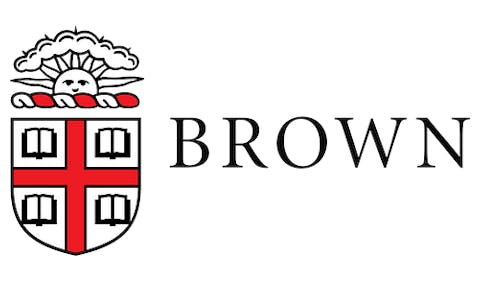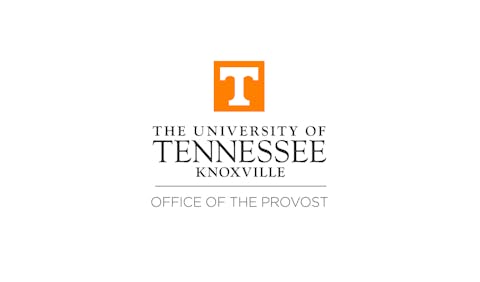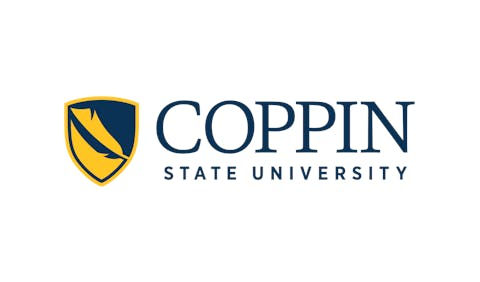Schools implementing comprehensive student success systems are achieving substantial reductions in chronic absenteeism and course failure rates — two critical predictors of high school graduation — according to new data released by the GRAD Partnership.
The Year Two Impact Report, released last Monday by the Baltimore-based initiative, shows that middle and high schools using student success systems reduced average chronic absenteeism rates by 8 percentage points and course failure rates by 11 percentage points over two years of implementation.
Most notably, schools supported by the GRAD Partnership outperformed national trends. Despite having chronic absenteeism rates above the national average at the end of the 2021-22 school year, their rates fell below the estimated national rate for 2023-24.
“This report provides compelling evidence that student success systems can drive measurable progress for students and help schools turn the tide on persistent, post-pandemic challenges,” said Dr. Robert Balfanz, director of the Everyone Graduates Center at Johns Hopkins University, where the GRAD Partnership is housed.
Schools that began implementing student success systems in 2022-23 and continued in 2023-24 demonstrated remarkable progress:
- Average chronic absenteeism declined from 29% to 21% — a 28% reduction
- Average course failure rates dropped from 31% to 20% — a 32% reduction
- Ninth-grade chronic absenteeism fell from 31% to 26% — a 14% reduction
- Ninth-grade course failure rates decreased from 32% to 22% — a 31% reduction
These gains come as schools nationwide continue struggling to recover from pandemic-related disruptions. While the national chronic absenteeism rate fell from 28% to an estimated 23% over the same period, it remains well above the pre-pandemic level of 15%.
The persistent challenge is reflected in National Assessment of Educational Progress scores, which remain below pre-pandemic levels across all tested grades and subjects, with two-thirds of American fourth and eighth graders performing below proficiency in math and reading.
The report demonstrates that schools can successfully implement these systems with proper support. Among 65 schools receiving technical assistance from GRAD Partnership, 82% achieved solid or strong implementation in their first year, with most schools deepening their implementation in year two.
Implementation gains were particularly pronounced in key areas: combining data with human insights increased by 22 percentage points, while creating access to holistic, actionable student data improved by 27 percentage points from year one to year two.
“Improving student outcomes at this scale, in such a short time, is only possible through collaboration,” said Patricia Balana, managing director of the GRAD Partnership. “The progress in this year’s report reflects the deep commitment of our partners, educators, students, and families working together.”
Student success systems build on earlier early warning models by integrating real-time data with insights from students, families, and educators. The approach includes four key components:
- School-wide efforts to increase student connectedness and belonging
- Student success teams that monitor all students using predictive indicators
- Strategic, evidence-based interventions based on data patterns and root causes
- Continuous monitoring and adjustment of interventions until progress is achieved
The systems emerged from collaboration among national education organizations responding to urgent student needs following pandemic school closures. Now in its third year, the GRAD Partnership has expanded to over 200 districts across more than 25 states, powered by 12 national partners and 15 local intermediaries.
The findings carry significant implications for education policy and practice as schools nationwide grapple with persistent post-pandemic challenges. Research suggests chronic absenteeism has played a major role in slowing academic recovery, making effective interventions crucial for student success.
The report indicates that course failures and absenteeism — the two strongest predictive indicators of high school graduation and postsecondary success — can be meaningfully addressed through systematic approaches that combine data analysis with relationship-building and strategic intervention.
“We’re seeing real results because school teams are empowered to identify trends and act with a shared purpose that centers students,” Balfanz said. “By combining predictive data with input from those who know students best, these systems allow schools to strategically intervene and continuously improve.”
The GRAD Partnership’s collective vision aims to make student success systems the norm in schools and districts nationwide, continuing to expand capacity through technical assistance partnerships and creating a national network of school district student support offices.


















